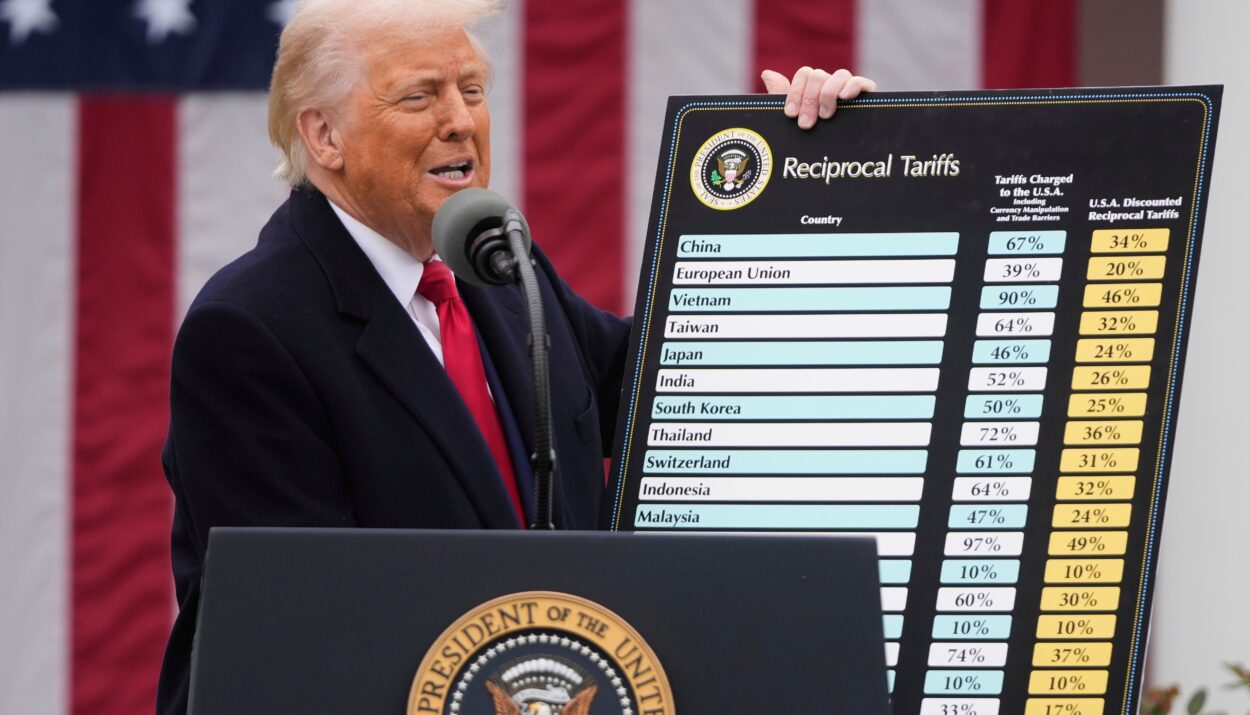President Trump’s threat to slap a 50% tariff on all EU imports has rattled European leaders — but the move is far from just another trade dispute. It’s a statement. A warning. And, arguably, a pivot in how the U.S. sees its oldest allies.
In a now-viral Truth Social post, Trump claimed EU trade talks were “going nowhere” and said tariffs would begin June 1 unless the bloc folds. That message alone sent European stocks sliding, with Germany’s DAX and France’s CAC falling nearly 3%. (Full breakdown here)
But beneath the market reaction lies something bigger: a growing divide between the U.S. and Europe, one that’s been building since Trump returned to power.
Trump vs. Europe: The Long Game
This isn’t Trump’s first swipe at Brussels. Back in 2018, he accused the EU of being “worse than China” on trade. Now, he’s doubling down — not just with tariffs, but with rhetoric that paints Europe as a rival, not a partner.
A few weeks ago, he floated a 39% tariff under the label of “Liberation Day.” That was quietly shelved. Now it’s 50% — and louder. According to sources close to his team, Trump feels Europe is “taking advantage” of the U.S. on everything from trade to defence.
The tension goes beyond economics. Vice President J.D. Vance recently slammed European values at a Munich security conference. Elon Musk, now acting as an informal adviser to Trump, appeared at a far-right rally in Germany — sparking backlash from EU leaders.
Greenland and the Energy Front
This week also delivered two subtle — but significant — strategic shifts:
- Greenland signed a major minerals deal with the EU, turning its back on years of U.S. interest. Greenland’s message? Europe brings investment. The U.S. just brought talk.
- Minutes before his EU tariff post, Trump took aim at the UK’s energy policy, calling wind turbines “costly and unsightly” and urging oil drilling in the North Sea. This wasn’t random — it was a signal. Trump wants allies to align with his version of industrial strategy: drill, produce, and cut costs.
Together, these events show the U.S. is no longer just trying to negotiate better deals — it’s trying to reshape the entire economic worldview of its allies.
What Europe Will Do Next
EU leaders have responded with caution. Trade Commissioner Maroš Šefčovič said Europe wants a fair deal “guided by mutual respect, not threats.” But behind closed doors, preparations are already underway for a major retaliation package if the tariffs are enforced.
Europe is also accelerating moves to reduce dependence on the U.S. — from investing in defense to securing critical minerals (as the Greenland deal shows). Germany even deployed a permanent military brigade outside its borders this week — a historic first since WWII.
The bigger question now is: are we heading toward a decoupling?
What started as a tariff threat is now looking like part of a larger agenda — one that challenges the post-WWII alliance itself. Trump isn’t just negotiating. He’s redrawing the lines of loyalty, economy, and influence.
And Europe? It’s being forced to decide — fast — how to respond.










